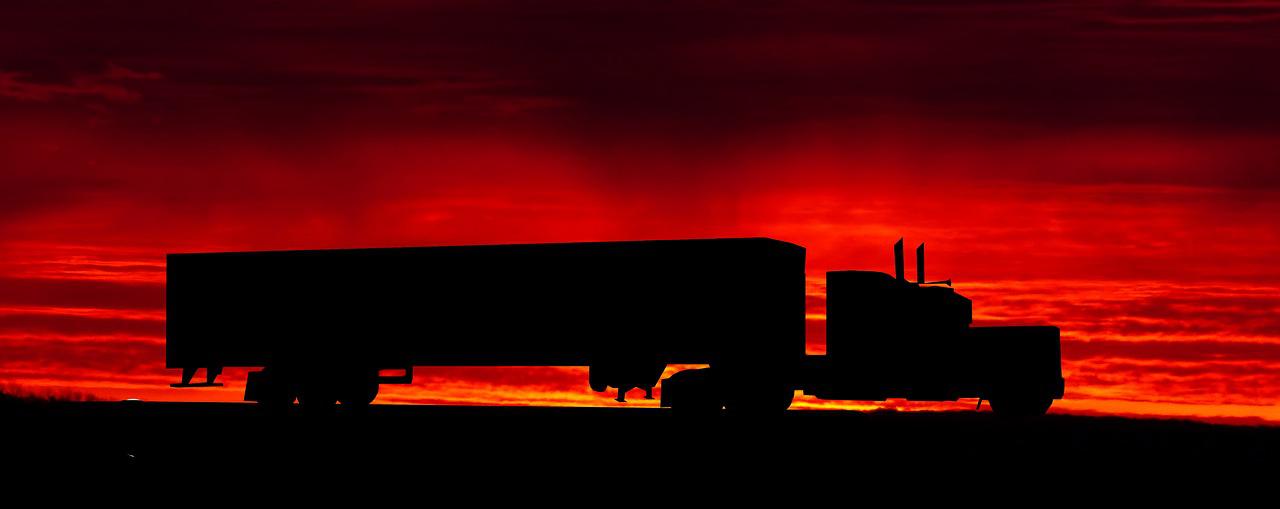Industry Overview Statistics
- In 2021, 5,601 large trucks were involved in a fatal crash, an 11% increase from 2020 and a 54% increase since 2011.
- According to one study, 81-91% of crashes involving a commercial vehicle are caused by cars, not trucks.
- The majority of deaths in large-truck crashes are occupants of other vehicles (71%), followed by truck occupants (17%), and non-occupants, primarily pedestrians and bicyclists (12%).
- 0.4% of crashes in the study were caused by illegal substance abuse, and 0.3% from alcohol consumption.
- The cost of an accident is roughly $7 million when a fatality occurs.
- The number of companies in the truckload market grew from 5,742,100 in 2018 to 6,389,000 in 2021 (+646,900).

FMCSA Disperses Funds to States to Increase Inspections
In response to the doubling of CMV fatalities since 2011, the Biden administration has elected to disperse an additional $463,000,000 in grants to states to reduce the number of commercial vehicles involved in accidents.
“We are using resources available through the President’s Bipartisan Infrastructure Law to award more funding than ever before – a 52 percent increase from last year — to help prevent truck and bus crashes in every State and territory,” said the U.S. Transportation Secretary Pete Buttigieg. “These grants will help improve the safety of our trucks and buses and save lives on our nation’s roadways.”
The Bipartisan Infrastructure Law (BIL) includes a 52 percent increase over last year to the MCSAP formula grants. MCSAP funds are an important tool to address the rising number of roadway fatalities and carry out the Department’s NRSS.
All 50 States, the District of Columbia, and the U.S. territories of American Samoa, Guam, the Northern Mariana Islands, Puerto Rico, and the U.S. Virgin Islands will receive federal funds.”
Leading Causes of Trucking Accidents
In the “Large-truck Crash Causation Study“, ‘causation’ is defined in terms of the factors that are most likely to increase the risk that large trucks will be involved in serious crashes.
Vehicle Brake Problems:
- Number of trucks: 41,000
- Percent of Total: 29%
- Relative Risk: 2.7
Traveling too fast for conditions:
- Number of trucks: 32,000
- Percent of Total: 23%
- Relative Risk: 7.7
Unfamiliar with Roadway:
- Number of trucks: 31,000
- Percent of Total: 22%
- Relative Risk: 2.0
Environment Roadway Problems:
- Number of trucks: 29,000
- Percent of Total: 20%
- Relative Risk: 1.5
Over-the-Counter Drug Use:
- Number of trucks: 25,000
- Percent of Total: 17%
- Relative Risk: 1.3
Fatigue:
- Number of trucks: 18,000
- Percent of Total: 13%
- Relative Risk: 8.0
Made illegal maneuver:
- Number of trucks: 13,000
- Percent of Total: 9%
- Relative Risk: 26.4
Inattention:
- Number of trucks: 12,000
- Percent of Total: 9%
- Relative Risk: 17.1
External Distraction:
- Number of trucks: 11,000
- Percent of Total: 8%
- Relative Risk: 5.1
Tire Problems:
- Number of trucks: 8,000
- Percent of Total: 6%
- Relative Risk: 2.5
Following too close:
- Number of trucks: 7,000
- Percent of Total: 5%
- Relative Risk: 22.6
Cargo shift:
- Number of trucks: 6,000
- Percent of Total: 4%
- Relative Risk: 56.3
Illness:
- Number of trucks: 4,000
- Percent of Total: 3%
- Relative Risk: 34
Internal Distraction:
- Number of trucks: 3,000
- Percent of Total: 2%
- Relative Risk: 5.8
Illegal Drugs:
- Number of trucks: 3,000
- Percent of Total: 2%
- Relative Risk: 1.8
Alcohol:
- Number of trucks: 1,000
- Percent of Total: 1%
- Relative Risk: 5.3
The DOT‘s first ever National Roadway Safety Strategy will bring together work being done across USDOT and will put forth a comprehensive set of actions aimed at reducing serious injuries and deaths on roadways. The strategy will recognize that, while the Department has an important leadership role in addressing this crisis, it will take concerted and coordinated effort across all levels of government, the private sector, and communities to reverse the current trend.


